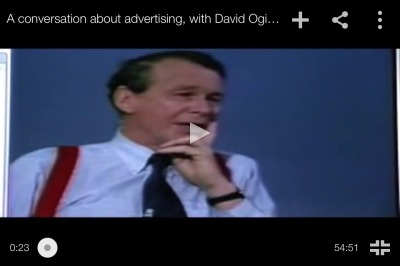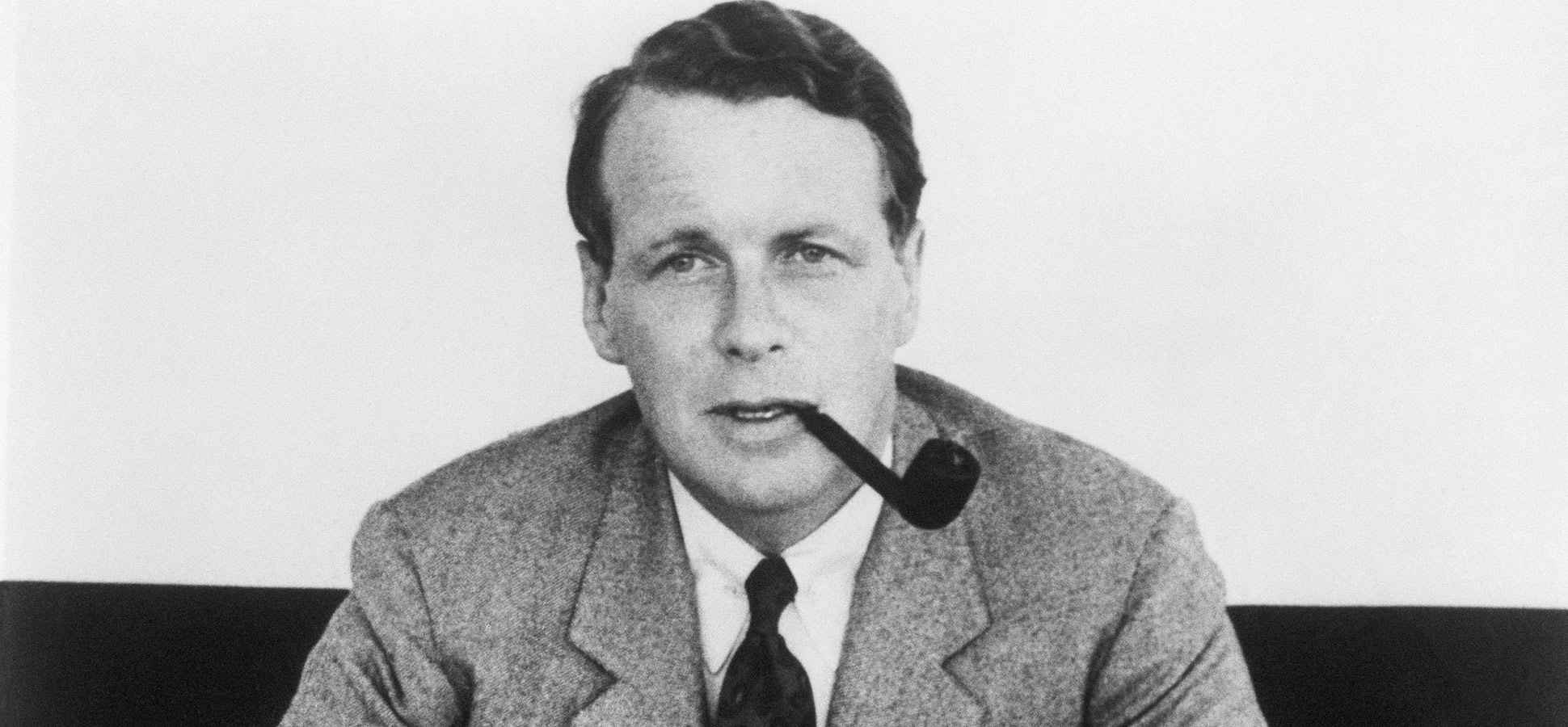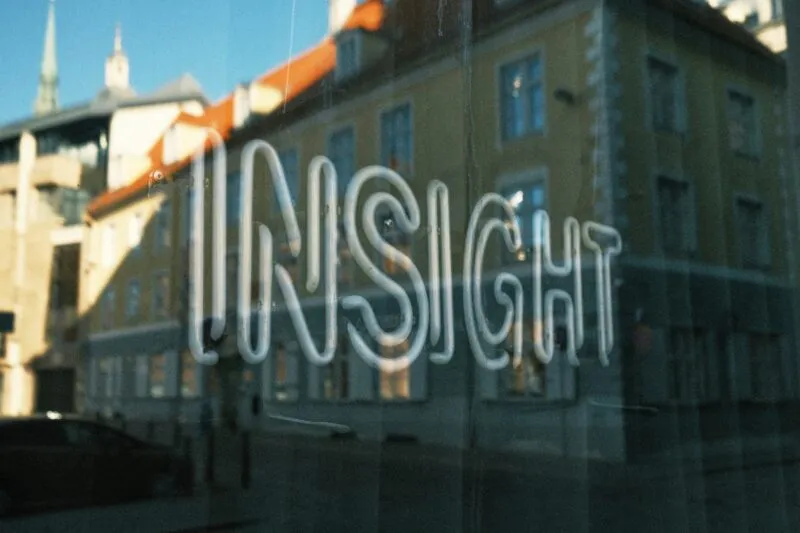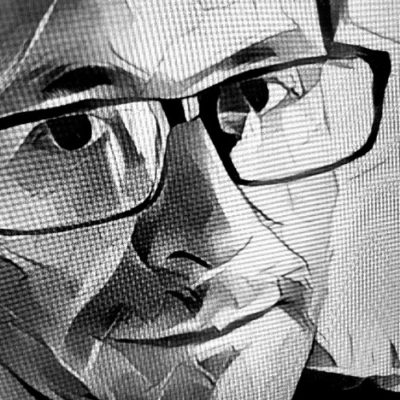David Ogilvy is dead. Are you the next David?
On the theme from my post a few weeks back about Steve Jobs, I reflect on another dead person. Our story starts with a young man working in a market research company. David had been somewhat of a career gipsy after a mediocre finish to his schooling, and working as a chef in Paris and door-to-door stove salesman in Scotland. He dreamt of working for Young & Rubican but he had nothing they wanted. Fifty or so years later the advertising agency he founded (at about 38 to create a job for himself in advertising) would be acquired by the WPP Group, the parent company of Y&R, for US$864M (which was a large amount in 1989).

When David first headed to the US aged 27 he was lucky to nail a job at Gallup Research in New Jersey. He would then spend time in the British Intelligence Service analysing and making recommendations on matters of diplomacy and secuity. David would later describe that in his time in research he learnt a lot about “analysing the factors that make for success in advertising and the factors that make for failure.” He pioneered the specialisation of ‘creative research’ as the key differentiator in his own advertising agency.
Recently I had the following David Ogilvy quote (or variation of) used by an ad guy as a reason to not do consumer research …
“I notice increasing reluctance on the part of marketing executives to use judgment; they are coming to rely too much on research, and they use it as a drunkard uses a lamp post for support, rather than for illumination.”
I’m thinking that Ogilvy wasn’t saying don’t do research, far from it. He was saying use consumer research for good not evil, useful not useless. Between you and me the debate as to whether advertising is creative or research led is quite insane, especially with the changing definition of advertising. Sadly too much advertising in the effort to be creative, misses the point of being effective.
In a very pragmatic retro interview in 1977 Ogilvy shares a few points of wisdom that are largely still relevant today, even if the landscape has changed dramatically. Ogilvy shares his views on how to find creative people, branding, research, clients and more.
Where do creative people come from?
“Success in the advertising business depends, more than anything else, on your ability to pick good creative people. Fertile, talented, creative people. How do you identify them!?
Well, I don’t know. But, I recently asked twelve of our best creative people around the world, what they look for when they are hiring young creative men and women and they sent me long memos about it. And, there are some threads which run through all of them.
They look for people with …
a sense of humour, that seems to be important.
They look for people with …
curiosity about alot of subjects.
They look for people who will …
stick to their guns, who aren’t pushovers.
They look for people who have …
original minds
they look for …
hard working people
I always look for people interested in advertising.
And, who have read about advertising, and are articulate on the subject. And, don’t do it because it’s the only thing they can do.
There are many other things we look for. There’s a long list. And, it’s still really difficult.”
Where does research fit? And, are research and advertising ‘rules’ acceptable to writers and art directors?
Ogilvy also discusses the critical role of research – what works and doesn’t. Not getting obsessed with the ‘idea’ but how consumers will react.
“We spend a kings ransom on researching consumers for advertising. And, from that we distill factors. And, what we are telling people, they aren’t my ideas, but how the consumer reacts to different stimuli.”
“It’s acceptable to some. It’s anathema to others. But once they don’t like it, good luck to them, they can go work for somewhere else. But most good feeling people, having a burning curiosity, And, if we can tell them what works and what doesn’t, they are happy to know and find out. Some do resent it. Some resist it. I don’t understand why. It is something deep within them, unconscious.”
“Recently, I was talking to a copywriter, and he told me he’d never read a single book about advertising. He would prefer to rely on his own instinct. And, I said, look here, supposing you’ve got acute appendicitis. You have to be operated on tonight. Would you like to have a surgeon who has read some books on anatomy, and knows how to do that operation? Or, would you prefer a surgeon who refused to read ALL books about anatomy, and relied on his own instincts? Why should a man bet his money, perhaps the future of his company, on your instincts!? … I’ve found that always the best creative people, are the one’s who study it the most, and are the most interested in the codification of principles. Which of course, changes all the time, but not as much as you think.”
However, judgement is also critical …
“Most commercials are being tested through recall. I don’t know any advertiser, any client who believes in this system. I don’t know any agency who believes in it. I don’t know any creative person who believes in it. And they all go on doing it. I don’t know why. Very demolorising. But, if you accept the idea that the image of a product is a long term serious determining factor in the success in the market place. You’ve got to put advertising out which will create or burnish their image over a period of many years. There is no research technique that can predict that, you need to use judgement. That has become unfasionable.”
About brands …
“When you advertise, you are talking to ONE consumer. One women, or one man. Put in your ad what you would say to that person if they said ‘which brand should I buy?’
“I started life as a door-to-door salesman, in Scotland, selling kitchen stoves. I had to ring the bell. The housewife came to the door. I had to talk to her. About my product, and why she should buy it. That had a profound influence on me.”
“Most brand selection is not done at the unconscious level, it’s done at the conscious level. Consumers know exactly why they are buying this product. Of course there are some products for which you can’t do reason why advertising. It would be difficult to reason why advertising for chewing gum.”
“The more you tell, the more you sell.”
“Generally, the brand with the most favourable image, is the one which gets the biggest share of the market in the long run.”
About clients …
“Some of my best friends are clients.”
“You can’t get on, without clients, and the great thing is to have the right clients. There are plenty of agencies, and plenty of clients. The thing is to try and match them up so that the relationship is a good one. Happy marriages functify and unhappy marriages don’t. And, it’s a terrible thing when the client gets the wrong agency, wrong for them. Or if the agency gets the wrong client. The relationship should be a happy one, a congenial one, a productive one, a suitable one, an appropriate one.”
Ogilvy also noted his views on disrupting the pricing model for creative services …
“When we got the Shell account we were asked if we would handle it on a fee. We were told, we had to handle it on a fee. So, I agreed to it, and I thought ‘this is going to leak out. You can’t keep this secret. And, when it leaks out, people are going to say Ogilvy and Matter got that account because they cut the price, which wasn’t true. So we came out with it. We made a clean breast of it, and told the advertising world at large we were doing it on fee. Actually, our fee was bigger than the commission. And, our clients said to us ‘I want to pay be fee, not by commission. When you come to me and say spend more on advertising, I don’t want to suspect your motives. I don’t care what the fee is, it’s immaterial. Charge what you think we’ll need. So that’s what we did.”
“I don’t care how people pay us. As long as people pay us enough, and we make a decent profit out of it.”
More advice …
“Be more ambitious. Don’t bunt, try and hit the ball out of the ballpark every time. Don’t bunt! Compete with the immortals.”
“Know your product. Study your product. Really work on knowing about your product. The more you know about your product.”
“Don’t present anything, unless you’ve got a great idea.
“It’s the lack of ambition that cripples most people.”
More on research …
“They use research as a drunkard uses a lamp post, for support not for illumination.”
Which brings us back to David’s quote shared earlier in this post. My perspective, and what Ogilvy was meaning was that research should be used for good not evil – illumination, rather than as a replacement for intuition and judgement.
Study the consumer upfront, to ensure a deep and robust understanding of who they are and optimal positioning. If you get the deep dive insights right, the creative will surely be well focused. Ill-informed creative is more likely to be misguided and ineffective, even if award winning.
Brand building is not a short trip, but a long term commitment – financially, time and creatively. Solid consumer research (expert, independent etc) ensures that the brand is on the right road, and gives confidence to keep driving and driving.
Ogilvy’s messages from the grave still largely remain relevant. Don’t be scared of research and don’t be ignorant of the challenge in influencing consumers, or how awesome (or not) your campaign is. The consumer doesn’t care about the marketing team’s high-5’s. Too often the investment goes down the drain and out to sea, or on the flip-side great creative strategy is inadequately funded to have the impact that should have been. And, advertising (online, offline, paid and earned) needs a point, rather than leave the audience thinking FTW, ignoring or pulling the wrong levers. Or, even worse the client failing to have the confidence to be brave, accept failure, learn and continue to get back on the horse with insight led creative that hits the ball out of the park.




